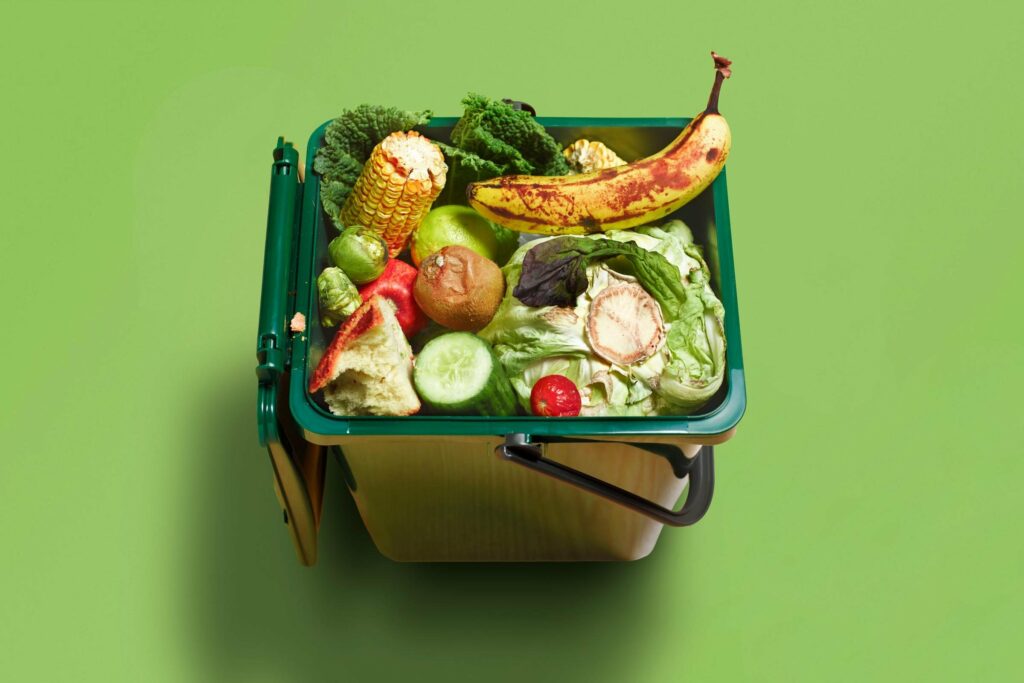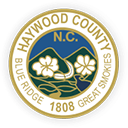Food Waste 101: What Is Food Waste and How Can I Combat It?
go.ncsu.edu/readext?991831
en Español / em Português
El inglés es el idioma de control de esta página. En la medida en que haya algún conflicto entre la traducción al inglés y la traducción, el inglés prevalece.
Al hacer clic en el enlace de traducción se activa un servicio de traducción gratuito para convertir la página al español. Al igual que con cualquier traducción por Internet, la conversión no es sensible al contexto y puede que no traduzca el texto en su significado original. NC State Extension no garantiza la exactitud del texto traducido. Por favor, tenga en cuenta que algunas aplicaciones y/o servicios pueden no funcionar como se espera cuando se traducen.
Português
Inglês é o idioma de controle desta página. Na medida que haja algum conflito entre o texto original em Inglês e a tradução, o Inglês prevalece.
Ao clicar no link de tradução, um serviço gratuito de tradução será ativado para converter a página para o Português. Como em qualquer tradução pela internet, a conversão não é sensivel ao contexto e pode não ocorrer a tradução para o significado orginal. O serviço de Extensão da Carolina do Norte (NC State Extension) não garante a exatidão do texto traduzido. Por favor, observe que algumas funções ou serviços podem não funcionar como esperado após a tradução.
English
English is the controlling language of this page. To the extent there is any conflict between the English text and the translation, English controls.
Clicking on the translation link activates a free translation service to convert the page to Spanish. As with any Internet translation, the conversion is not context-sensitive and may not translate the text to its original meaning. NC State Extension does not guarantee the accuracy of the translated text. Please note that some applications and/or services may not function as expected when translated.
Collapse ▲
Photo Credit: Getty Images
According to the United States Department of Agriculture (USDA), nearly 30 to 40 percent of the food supply in the United States goes to waste each year, amounting to billions of pounds of food wasted annually. Each year, the average American family of four loses $1,500 to uneaten food. This not only strains our landfills but also contributes to greenhouse gas emissions and exacerbates food insecurity.
We can all play a part in reaching the national food waste reduction goal – to reduce food waste by 50% by the year 2030.
Understanding Food Waste
Before diving into prevention strategies, it’s crucial to recognize the various stages of food waste:
- Production Phase
- Food waste occurs during the cultivation, harvesting, and transportation of crops.
- Consumer Phase
- This includes food waste at the household level, such as leftovers, spoiled produce, and expired items.
- Retail and Distribution Phase
- Food may be discarded due to overstocking, cosmetic imperfections, or expiration dates.
- Food Service and Hospitality Industry
- Restaurants, hotels, and institutions generate significant amounts of food waste through excess food preparation and unsold items.
Tips to Reduce Food Waste
- Meal Planning
- Plan your meals for the week and create a shopping list accordingly.
- Use leftovers creatively in new dishes to minimize waste.
- Proper Storage
- Store perishable items such as fruits, vegetables, and dairy products in the refrigerator to prolong their freshness.
- Utilize airtight containers or freezer bags to store leftovers and prevent spoilage.
- Understanding Expiration Dates
- Differentiate between “sell by,” “use by,” and “best before” dates to gauge the freshness of food accurately.
- Trust your senses; if food looks, smells, and tastes fine, it’s likely still safe to consume even if it’s past the date on the package.
- The USDA Foodkeeper app gives you food safety times for many, many, many different types of foods in your kitchen!
- Portion Control
- Serve appropriate portion sizes to avoid excess food on plates.
- Consider using smaller plates to encourage mindful eating and reduce overeating.
- Composting
- Establish a composting system for food scraps and organic waste to create nutrient-rich soil for gardening.
- NC State Extension offers guidance on composting techniques suitable for home and community settings.
- Donate Surplus Food
- Support local food banks, shelters, and community organizations by donating excess food from your pantry or garden.
- Participate in gleaning initiatives to harvest surplus crops from farms for redistribution to those in need.
Additional Resources
The United States Environmental Protection Agency (EPA) offers valuable resources and tools for food waste prevention:
- EPA Food Recovery Hierarchy
- The EPA’s Food Recovery Hierarchy prioritizes actions to prevent and divert wasted food, providing a framework for individuals, businesses, and communities to reduce food waste at each stage of the supply chain.
- Food: Too Good to Waste Toolkit
- This toolkit provides practical strategies and customizable materials for households, schools, and communities to reduce food waste, including tips for meal planning, proper storage, and portion control.
- Food Recovery Challenge
- Businesses, institutions, and organizations can join the EPA’s Food Recovery Challenge to track and reduce food waste, access technical assistance, and showcase their achievements in food waste prevention.
By adopting these strategies and working together as a community, we can make significant strides in reducing food waste and building a more sustainable future for Haywood County. Let’s commit to being mindful consumers, supporting local initiatives, and embracing sustainable practices that benefit both our community and the environment.




